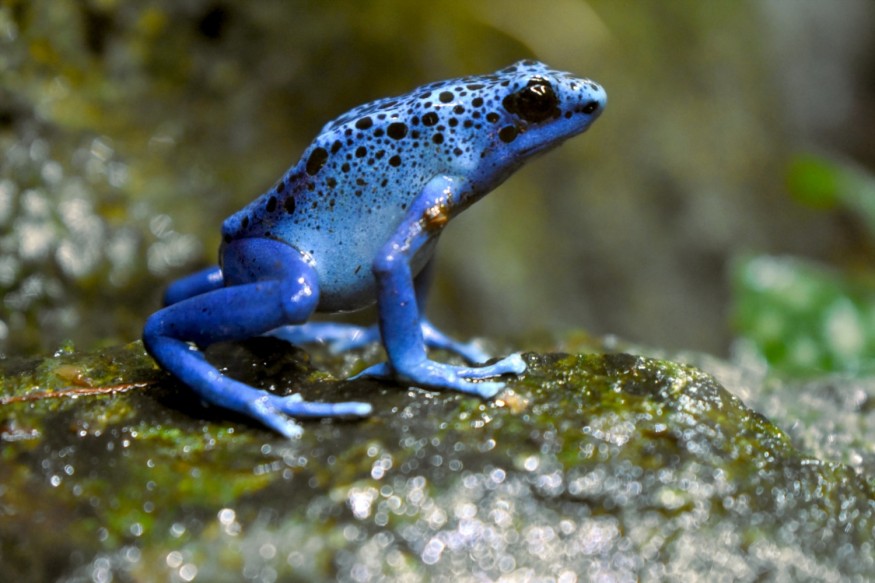Poisonous frogs are known for their toxic skin and slimy body. Some species of this amphibian use their toxic body as a form of defense mechanism against natural predators and even non-native invasive species.While frogs have often been a subject of dissection in biology classes and scientific experiments, poisonous frogs are also an ideal subject when it comes to identifying poisonous animals from venomous animals (both of which use toxins).
Identifying venomous and poisonous animals or toxic and non-toxic animals is a matter of knowledge and survival. In the past, humans and even pets fell victim to wild animals containing venom or poison. .
Poisonous vs. Venomous Animals

Poisonous animals and venomous animals may look like they are completely the same, or terms that rhyme synonymously. However, experts say they are often mistaken since there is a subtle yet significant difference between the two.
In the context of venomous versus poisonous, the United States' National Park Service (NPS) defines poison as a toxin that enters one's body through inhalation, swallowing, or absorption through the skin.
This means that poisonous animals are the only source of the toxin, and it is we (the receiver) who ingest the toxin ourselves. For instance, poisonous frogs such as the poison dart frog have skin covered with toxins, and this can be acquired if a human or an animal licks or eats it, the NPS explains.
On the other hand, the term venomous means the toxin is injected into another organism by means of a bite or a sting. For example, venomous animals like the cobra use their fangs, or a scorpion with its stinger to inject their venom.
Also Read: Beware: Top 6 Surprisingly Venomous Animals
Poisonous Frogs
There are different species of poisonous frogs on taxonomy records and below are some of them:
- Golden poison dart frog
- Blue poison dart frog
- Black-legged poison dart frog
- Dyeing dart frog
- Phantasmal poison frog
- Strawberry poison dart frog
- Lovely poison frog
- Kokoe poison dart frog
- Golfodulcean poison frog
- Variable poison frog
As mentioned earlier, poisonous frogs, in general, use the toxin on their skin as a weapon to fend off predators and other external threats.
Although there is an overwhelming number of poisonous frogs in the wild, there are only two species of venomous frogs, called Corythomantis greening and Aparasphenodon brunoi. According to the Smithsonian Magazine, they are the "only venomous frogs known to science."
Identifying Poisonous from Venomous Animals
Now that we know the difference between the terms poisonous and venomous, identifying which animals possess these traits seems to be the only task left. The clue to determine this distinction is through observation of the animal itself and its behavior, in addition to looking up all species in the taxonomic database.
According to the Australian Academy of Science, poisonous animals (like poisonous frogs) tend to be more passive-aggressive, meaning they do not normally actively attack their prey unless they are eaten, touched, or disturbed. Meanwhile, venomous animals are more active when it comes to defending themselves. This is under the premise that both types of animals are capable of self-defense.
Related Article : Poison Frogs Are Some Long-Winded Singers
© 2025 NatureWorldNews.com All rights reserved. Do not reproduce without permission.





